CanHOPE is a non-profit cancer counselling and support service provided by Parkway Cancer Centre, Singapore.

ABOUT CANCER
What is Cancer?
When the genetic material (DNA) of a cell becomes damaged or changed, it produces mutations that affect normal cell growth and division. When this happens, cells do not die when they should and new cells form when the body does not need them. The extra cells may form a mass of tissue called a tumour. When these tumours becomes malignant, they become cancerous and can spread to other parts of the body.
Key Facts

An estimate of 9.7 million people have died from cancer in 2022

1 in 9 men & 1 in 12 women die from cancer
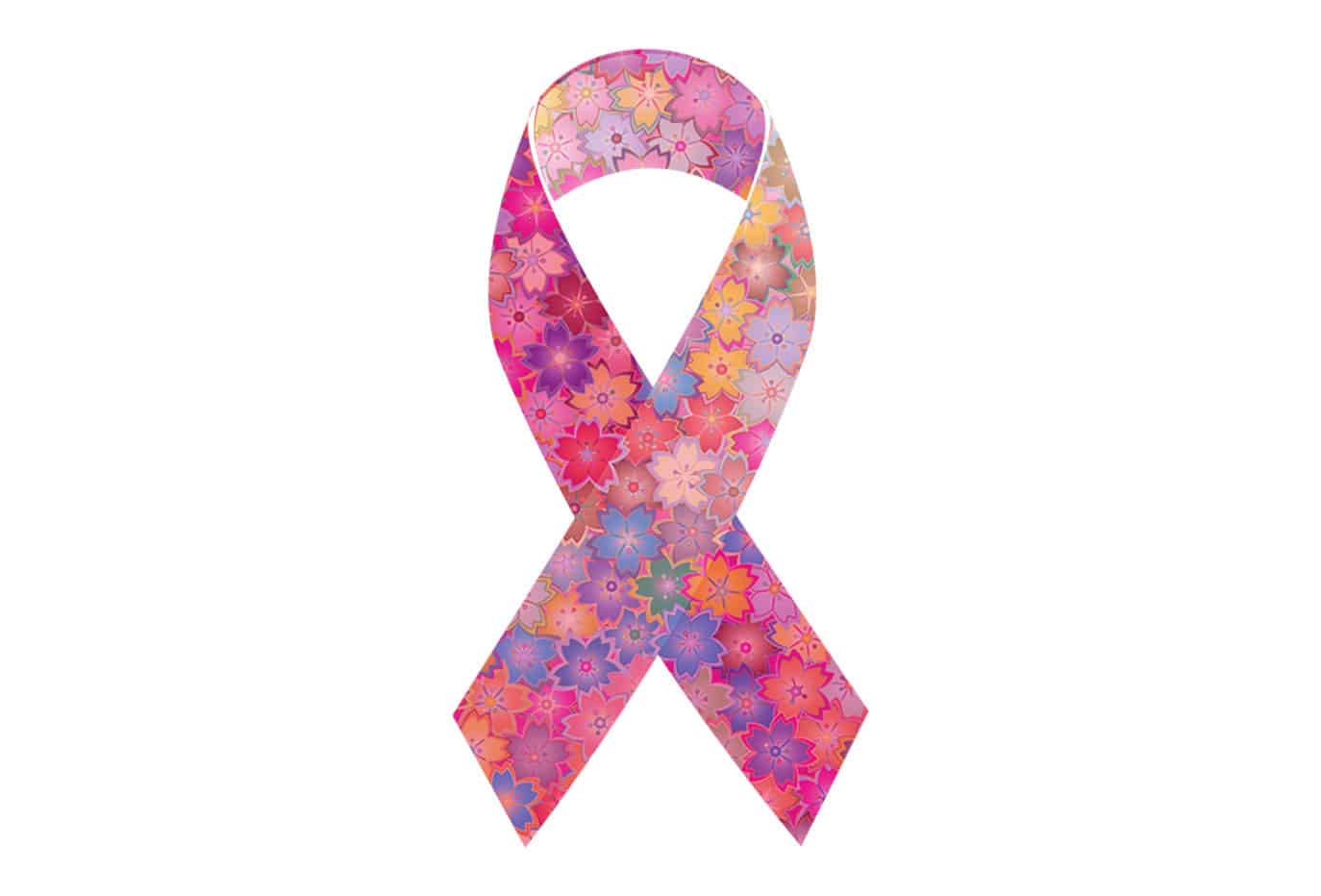
Most common cancers are Lung, Breast, Colorectal, Prostate, Skin Cancer (non-melanoma) and Stomach
*STATISTICS TAKEN FROM WORLD HEALTH ORGANISATION (WHO)
What Causes Cancer?
Cancer arises from the transformation of normal cells into tumour cells in a multistage process that generally progresses from a pre-cancerous lesion to a malignant tumour. These changes are the result of the interaction between a person’s genetic factors and 3 categories of external agents, including:

Physical carcinogens, such as ultraviolet and ionizing radiation
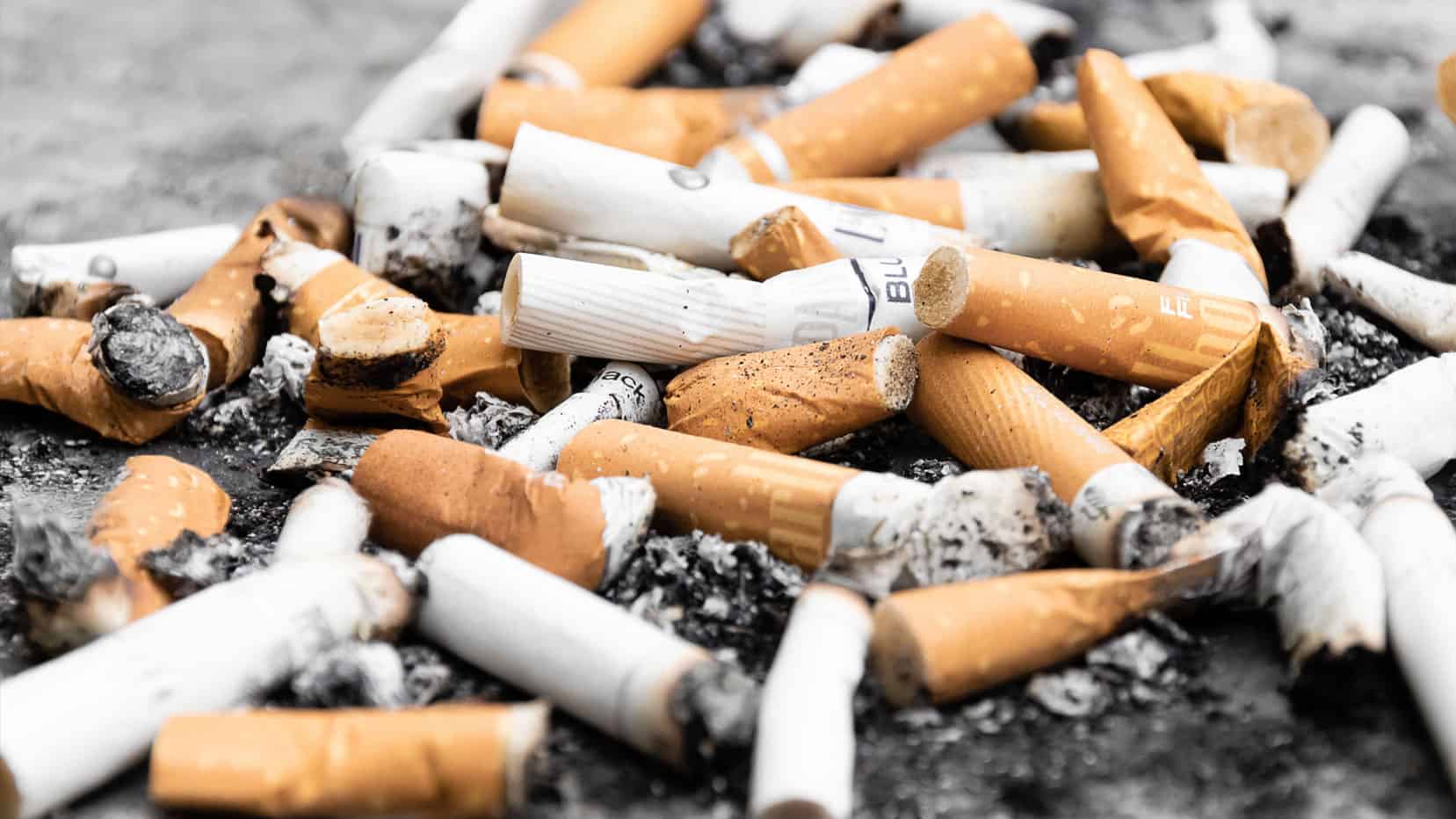
Chemical carcinogens, such as asbestos, components of tobacco smoke, aflatoxin (a food contaminant), and arsenic (a drinking water contaminant)
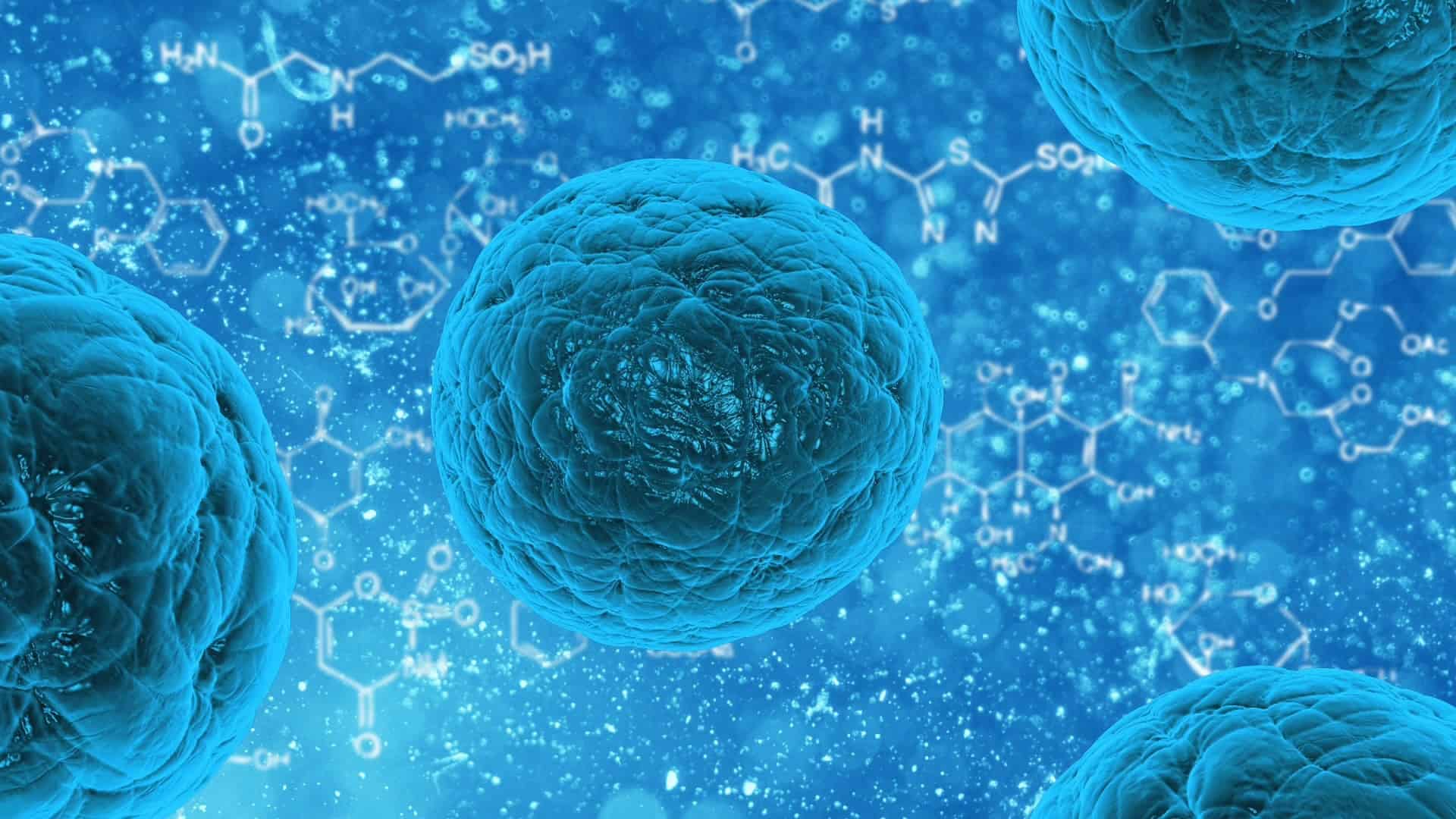
Biological carcinogens, such as infections from certain viruses, bacteria, or parasites.
Ageing is another fundamental factor for the development of cancer. The incidence of cancer rises dramatically with age, most likely due to a build-up of risks for specific cancers that increase with age. The overall risk accumulation is combined with the tendency for cellular repair mechanisms to be less effective as a person grows older.
Risk Factors

Tobacco use, alcohol use, unhealthy diet, and physical inactivity are major cancer risk factors worldwide
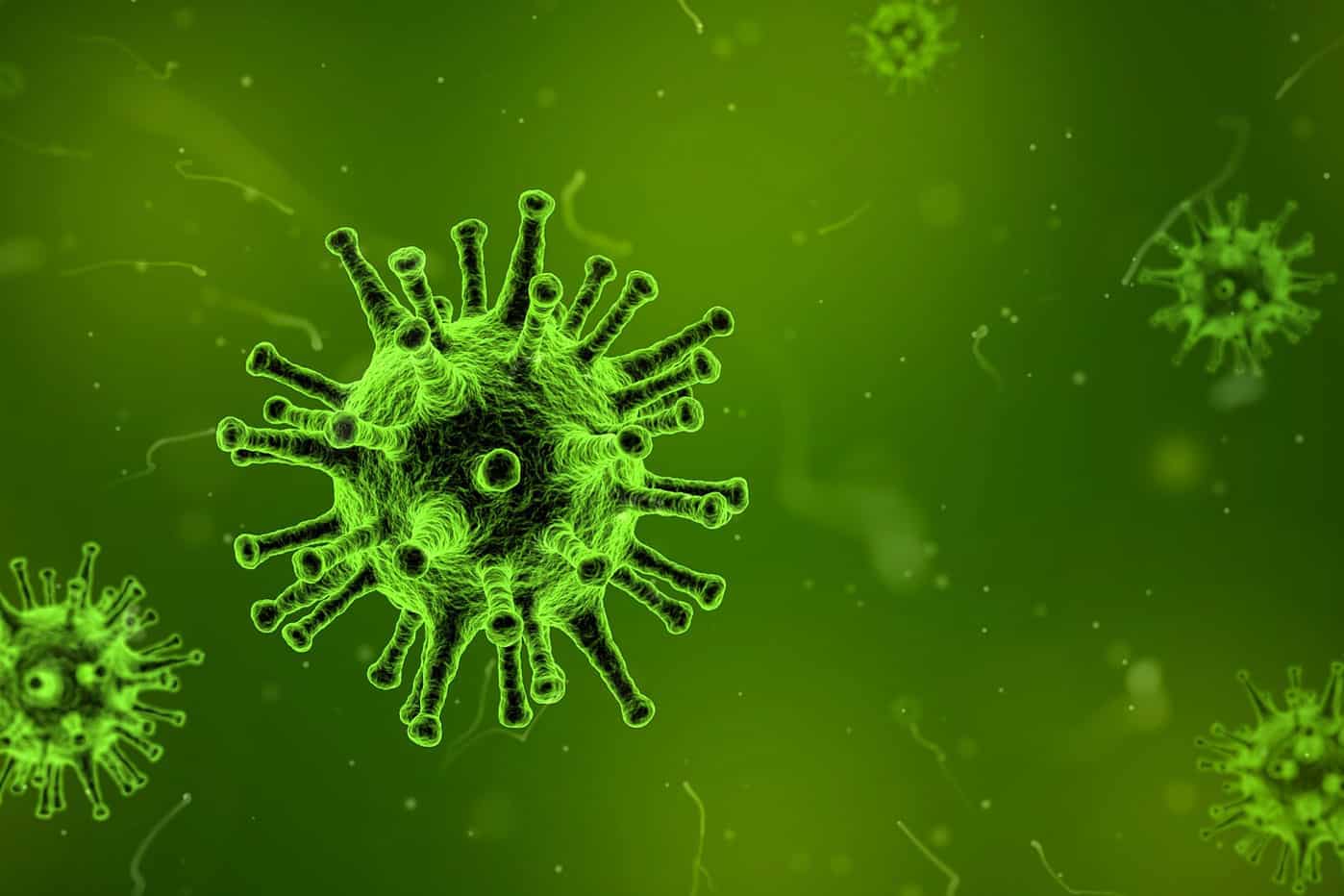
Hepatitis B and C virus and some types of HPV increase the risk for liver and cervical cancer, respectively

Modifying or avoiding key risk factors can significantly reduce the burden of cancer
Screening and Prevention

30-50% of cancers are preventable by healthy lifestyle choices

Early cancer detection and treatment can reduce cancer deaths
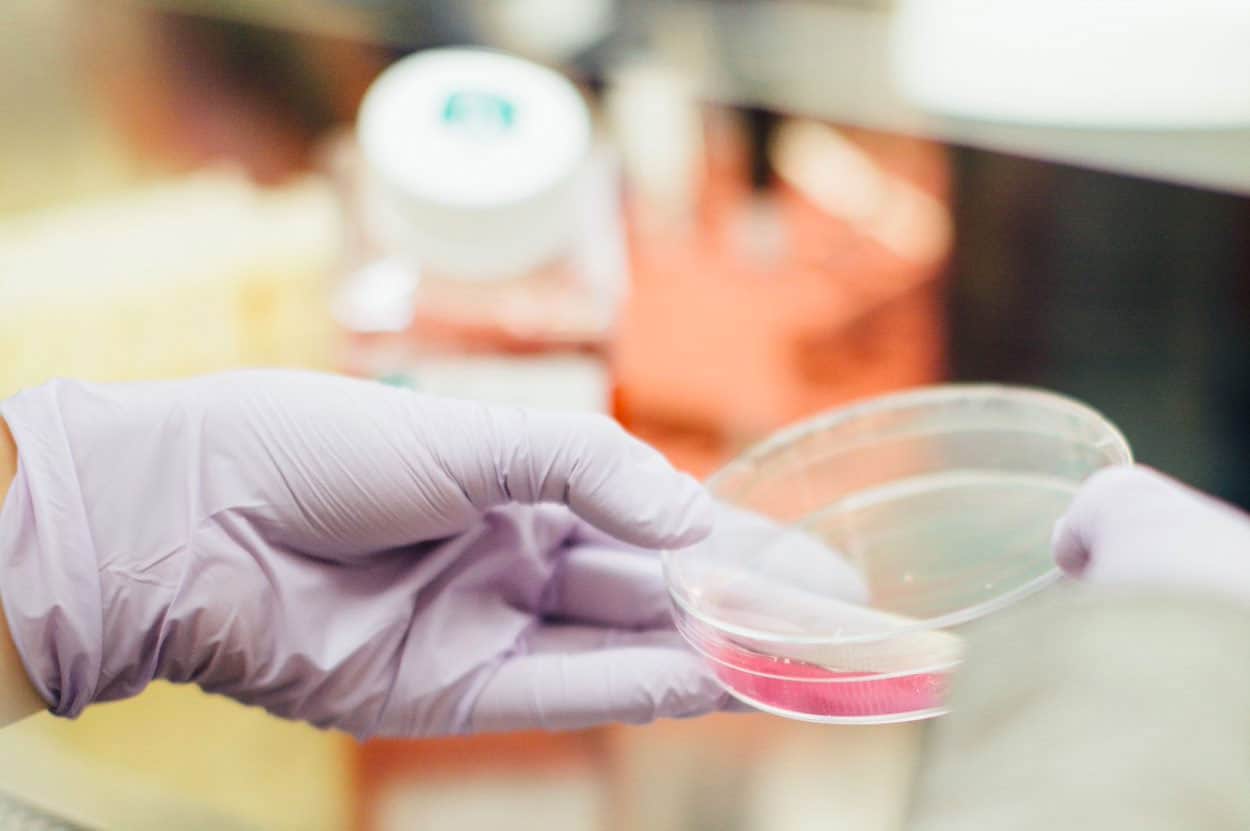
Some of the most common cancer types, such as breast cancer, cervical cancer, oral cancer and colorectal cancer have high cure rates when detected early and treated according to best practices

